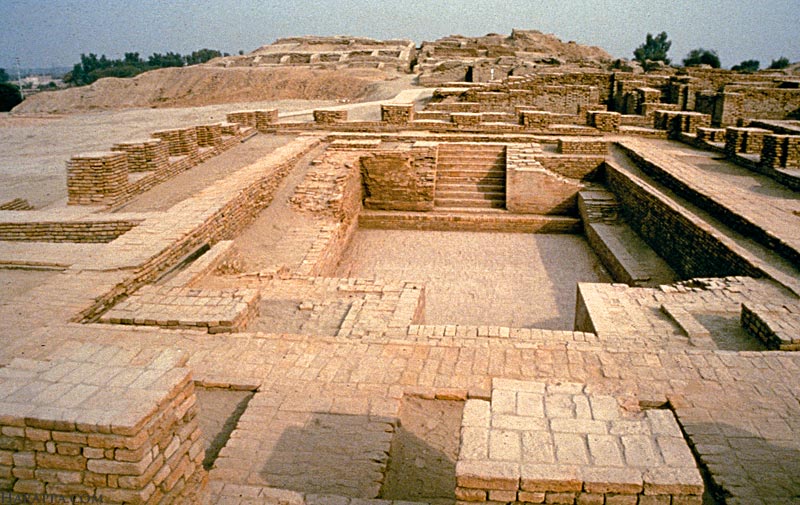The trailer of Ashutosh Gowarikar’s film Mohenjo Daro has attracted a lot of criticism from all sectors for falsely portraying of the 5,000-year-old Indus Valley Civilisation.
Here are 6 amazing facts that you should know about Mohenjo daro :
1.The Origin of the Name Mohenjo-daro
As weird as the name might seem, its meaning just gets weirder and of course, creepier. Mohenjo-daro means the “Hill of the Dead” or the “Mound of the Dead” in Sindhi. Although the original name of the city is yet to be deciphered, the analysis of an ancient seal of Mohenjo Daro suggests its ancient Dravidian name—Kukkutarma (where “ma” means city while “kukkuta” means cockerel). According to many archeologists, this land might have been the earliest diffusion point of domestication of chicken!
2. This ancient city was not discovered until 1922
When a few Indus Valley sites and cities like Harappa and Lothal were excavated in 1922, the city of Mohenjo-daro was also among them, and that is when the name came to be. Mohenjo-daro literally means ‘the mound of the dead men’ in Sindhi. Archeologist Rakhaldas Bandhyopadyay a.k.a R. D. Banerji was working at the Sindh province, when he noticed certain high mounds, with pottery, flint scrapers, beads, seals, stone blades scattered all around them. This was then followed by a large-scale excavation which led to the discovery of a large city built of fired and mortared bricks.
3.The Great Bath
This is one of the most amazing things about the city—the Great Bath is the name given to a 8 feet deep, 23 feet wide and 39 feet long bathing pool built with waterproof bricks! That, after a pool bath, you take a proper bath is necessary was perfectly known to our ancestors; and, it was with this vision that they had created numerous small changing rooms surrounding the great bath, with an attached bathroom to each room
4. The ‘Dancing Girl’ statuette is one of the rarest artifacts to have been excavated
One of the excavators at Mohenjo-daro, John Marshall describes this iconic artifact, a 10.8 cm long bronze statuette of the dancing girl, at least 4500 years old, as “a vivid impression of a young girl, her hand on her hip in a half-impudent posture, and legs slightly forward as she beats time to the music with her legs and feet”. She was also known to be a favourite of the British archeologist Mortimer Wheeler. He is recorded in a television program from 1973, to have said, “There is her… pouting lips and insolent look in the eyes. She’s about fifteen years old I should think, not more, but she stands there with bangles all the way up her arm and nothing else on. A girl perfectly, for the moment, perfectly confident of herself and the world. There’s nothing like her, I think, in the world.”
5. Mohenjo-daro was designated a UNESCO World heritage Site in 1980
Mohenjo-daro was one of the most prosperous, and planned cities of the The Indus Valley Civilization, a contemporary of (and even superior to) the Ancient Egyptian and Mesopotamian civilizations. In its heyday, Mohenjo-daro had a population of over 35,000. After the city was rediscovered in 1922, more significant excavations were conducted, and in 1980, Mohenjo-daro became a UNESCO World Heritage Site, which led to further excavations, but came to a halt due to scarce government funds.
6. Discovery of Mohenjo-daro
Regarded as one of the earliest modern city of the world, this “hustling and bustling” town was built as early as the 26th century BCE; however, the funny thing about it is this that it was as recently as 1921 that the first team of archeologists visited the site in expectation of finding a lost city. And, the excavation work had gone on till almost just 4 decades back—1964!




